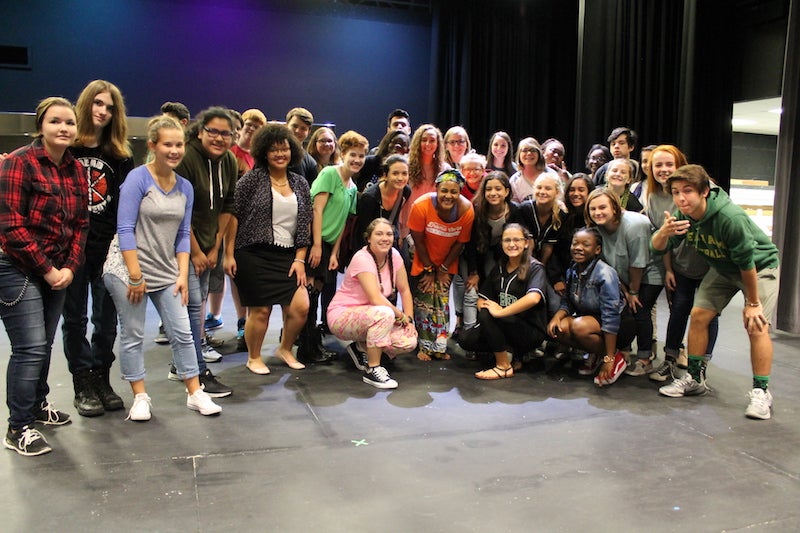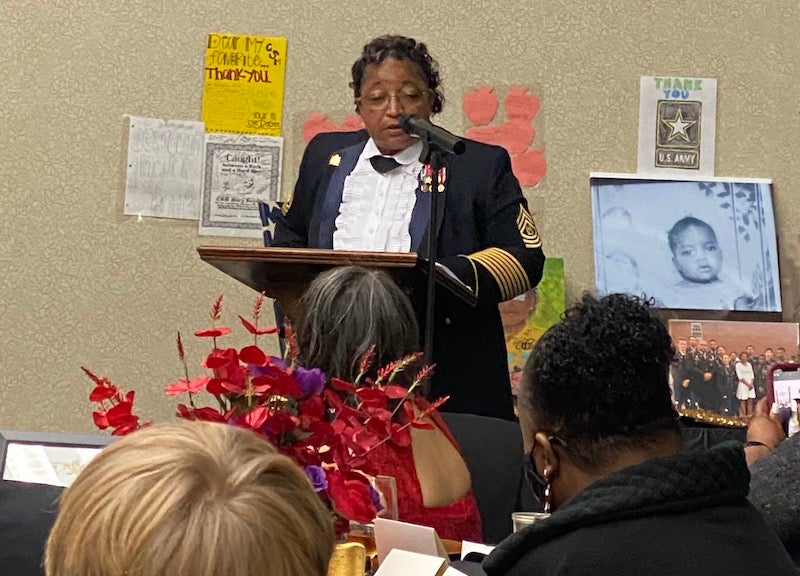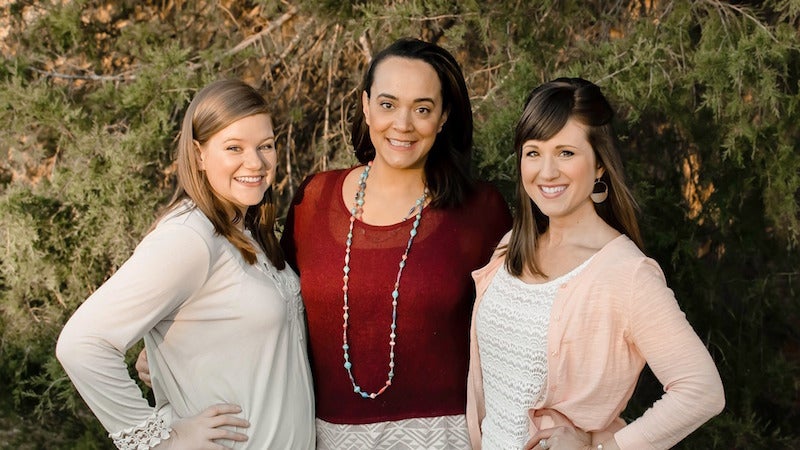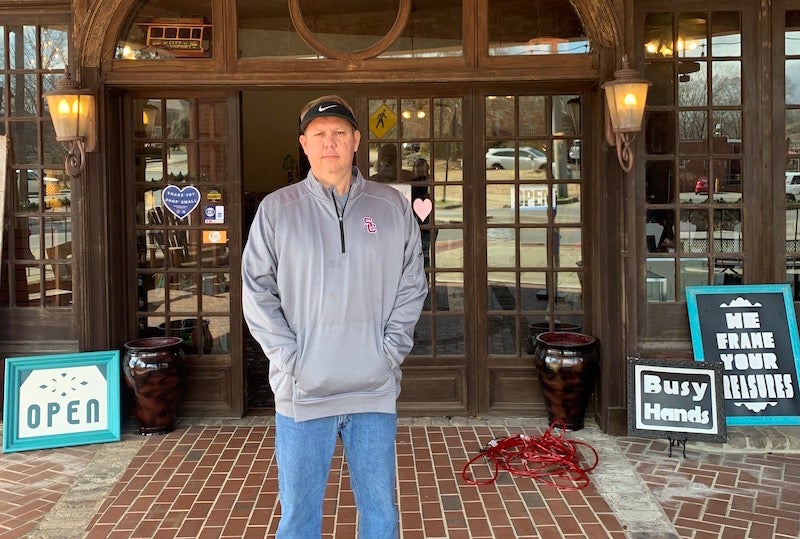PHS students put stories in motion
Published 10:09 am Thursday, December 8, 2016

- Creative writing and theatre students have enjoyed the instruction of Visiting African Artist Mama Yeye. (Contributed)
By CONNIE NOLEN / Community Columnist
“Have I ever told you about Mama Yeye?” PHS Theatre teacher Jamie Stephenson asks me casting a sideways, mischievous glance my way.
We had this conversation every few months—for years. Stephenson knows she’s told me about Mama Yeye. I wonder if she is really asking if I remember what she’s told me about Mama Yeye.
I do remember. Stephenson saw her teach at a theatre conference. This West African dance teacher who lives in Atlanta believes in storytelling through dance. Stephenson believes both theatre and writing students would learn valuable lessons from Mama Yeye. I agree. I also remember how limited our funding is.
One year ago, Stephenson found a solution and insisted we partner together to apply for an Alabama Arts Initiative Grant. With Stephenson spearheading, we completed the paperwork and won the grant. Mama Yeye came to Pelham.
Theatre students are thriving under her direction, beating the new drums we’ve acquired. Creative Writing is my largest class this year with over 30 students. They’re writers—a very loveable and varied group. Ultimately—the question hangs in the air—will they dance?
When they discover we’re heading to the auditorium, the writers cheer. In minutes they’re warming up on stage with Mama Yeye and theatre students. Mama Yeye names the drums. She says you tell the story with their beat. You feel the beat within you. She has their rapt attention. Writers choose drums. They listen. They dance.
Two of my quietest girls go for Djembe drums. These drums are the largest drums with the biggest voice. I already know these girls have a powerful voice. Many writers—observant and quiet in person—are completely different on paper. These writers will roar on paper—and they will echo the drumbeat within them that Mama Yeye teaches them to listen for.
“Bringing an African artist to work with our kids helps them have a world view,” Stephenson says.
Teachers who see beyond limitations and rise above complications, like Stephenson, help students see themselves as an important part of that larger world of the arts.








